Six international design tendencies from Dezeen Awards 2019 longlists embody cork, cabins and sweet colors
From fortress-style structure to candy-coloured interiors, listed below are the six greatest tendencies to emerge from the Dezeen Awards 2019 longlists.
The rising use of cork in structure and the recognition of low-tech cabins set in distant areas additionally stood out among the many 903 initiatives that made the longlists this 12 months.
Listed below are six tendencies that our judges and the Dezeen Awards group noticed whereas trawling by means of all four,500 entries. Take a look at all of the longlisted initiatives on our devoted Pinterest boards and vote to your favourites by saving them to your individual boards.
Shortlists for the 36 Dezeen Awards classes shall be introduced on-line from 2 September 2019, with winners unveiled in October forward of our winners get together and Dezeen Day convention on 30 October.
Scroll down to seek out out extra concerning the tendencies:
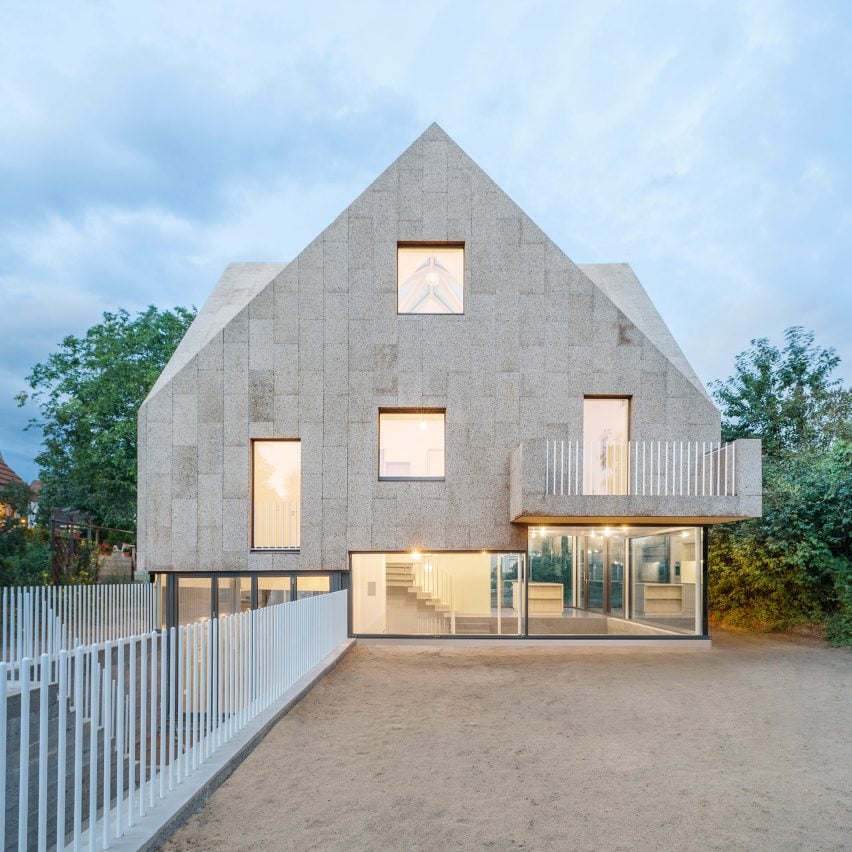 Cork Screw Home by Rundzwei Architekten is clad in panels of cork leftover from winemaking
Cork Screw Home by Rundzwei Architekten is clad in panels of cork leftover from winemaking
Cork
Light-weight, extremely insulating and fireproof, cork is a flexible and renewable materials harvested from the bark of cork-oak bushes.
Apart from its conventional makes use of, cork is more and more getting used as a cladding materials by architects together with Rundzwei Architekten, who used panels of waste cork from the wine business to clad the facade of Corkscrew Home in Berlin.
Architects Matthew Barnett Howland, Dido Milne and Oliver Wilton took cork one step additional, utilizing it to create every little thing within the aptly named Cork Home within the south of England, together with the flooring, partitions and roofs. The prefabricated cork blocks had been created from cork-forestry waste.
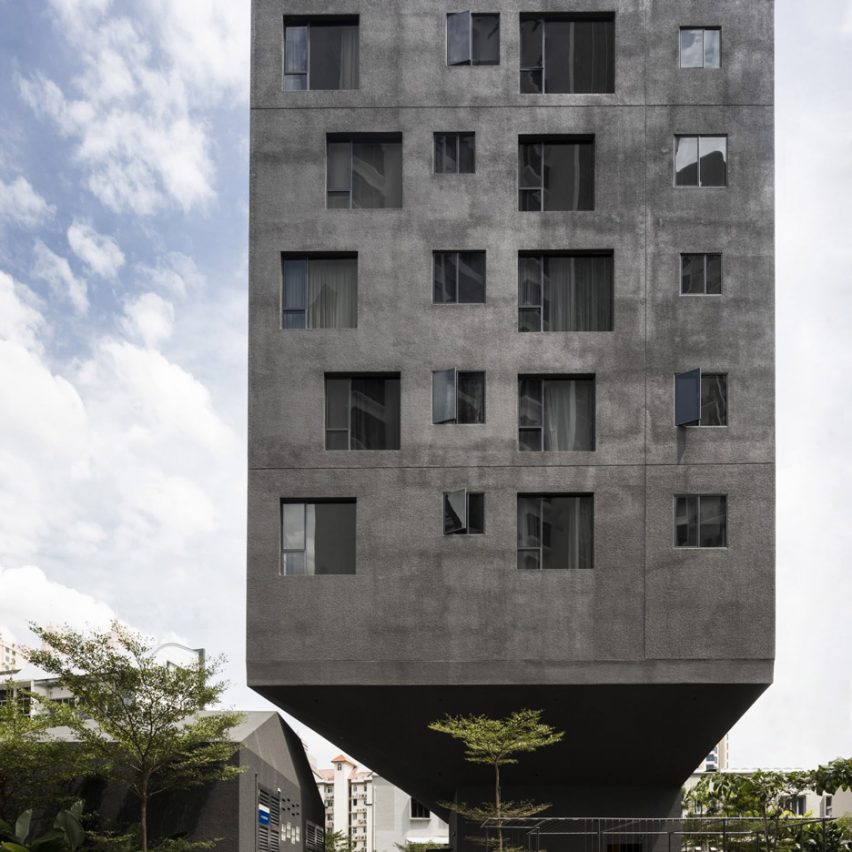 M5 by Ipli Architects seems like an impenetrable fortress from the skin
M5 by Ipli Architects seems like an impenetrable fortress from the skin
Fortresses
Properties that appear like fortifications are a theme on the 2019 shortlists. M5 by Ipli Architects is a brooding, watchtower-like housing improvement in a cantilevered block clad in darkish graphite. It’s punctuated by tinted home windows in black frames.
In Zurich, Gus Wusterman designed inexpensive housing in a monolithic concrete block, whereas in Sydney Killing Matt Woods used mottled gray paint to create a concrete bunker-style impact in a moody condominium.
MORQ constructed a home in Perth that appears like a rammed-concrete fortress from the skin, however hides a lush courtyard oasis at its centre. On the Isle of Man Foster Lomas constructed Sartfell, a home with bunker-style concrete partitions with its personal borehole for water.
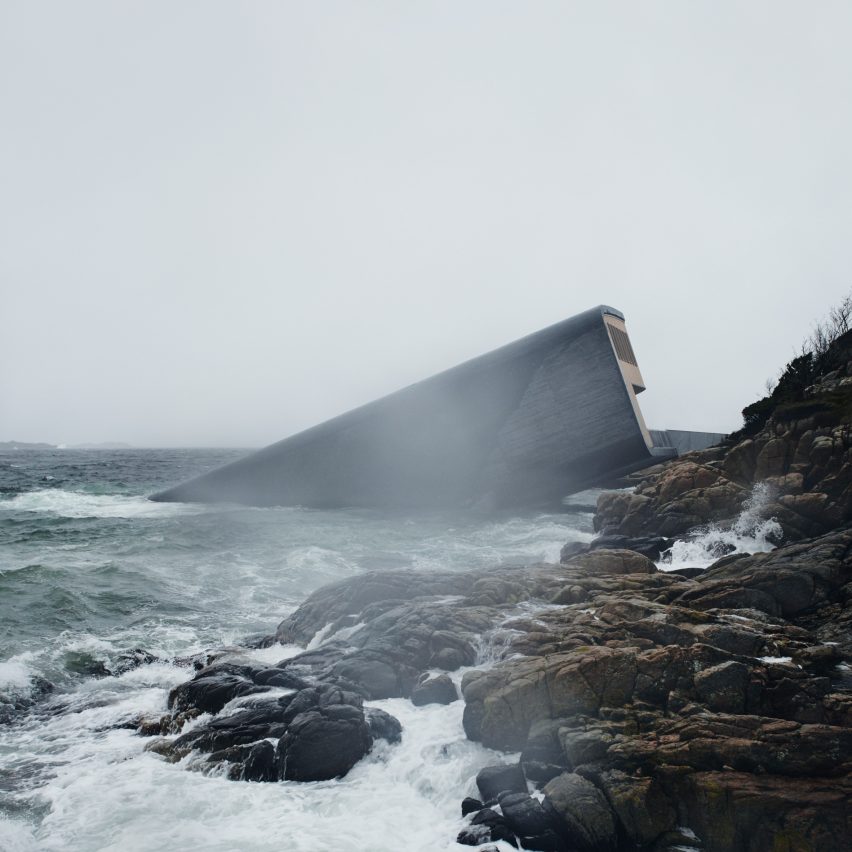 Beneath by Snøhetta is a restaurant that goes beneath the waves
Beneath by Snøhetta is a restaurant that goes beneath the waves
Nature
Buildings that embrace the pure world – or subsume themselves to it solely – are one other rising pattern.
Planted facades are a method of introducing nature, from a vine-covered home in Vietnam by Vo Trong Nghia to a residence in Kuala Lumpar by Formzero that is a sequence of concrete containers lined in vegetation.
In Bali, Ibuku constructed a Riverbend Home, a vacation retreat that sits like a bamboo nest over a river; MAD constructed a tunnel in Japan full of artwork representing the 5 components of nature; and in Norway the world’s first underwater restaurant by Snøhetta plunges beneath the North Sea.
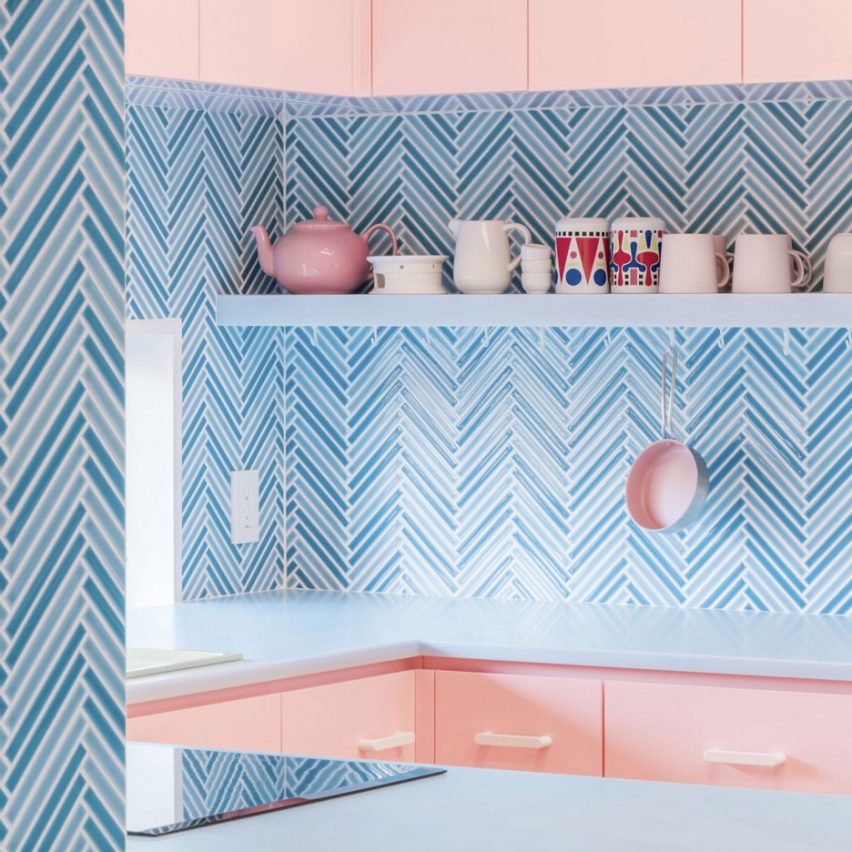 Nagatacho Condominium by Adam Nathaniel Furman is embellished in sweet colors
Nagatacho Condominium by Adam Nathaniel Furman is embellished in sweet colors
Sweet-coloured interiors
Interiors with a sweet-shop color palette are one other massive pattern this 12 months. Adam Nathaniel Furman designed a Tokyo condominium in pastel rainbow colors, and in London 2LG Studio revamped a home in contrasting shades of sweet pink and inexperienced.
Little one Studio used 1950s cafes as inspiration for a retro pink vegan-pizza parlour in London, whereas in New York, magnificence model Glossier and women-only co-working membership The Wing each had new workspaces embellished in sugary shades.
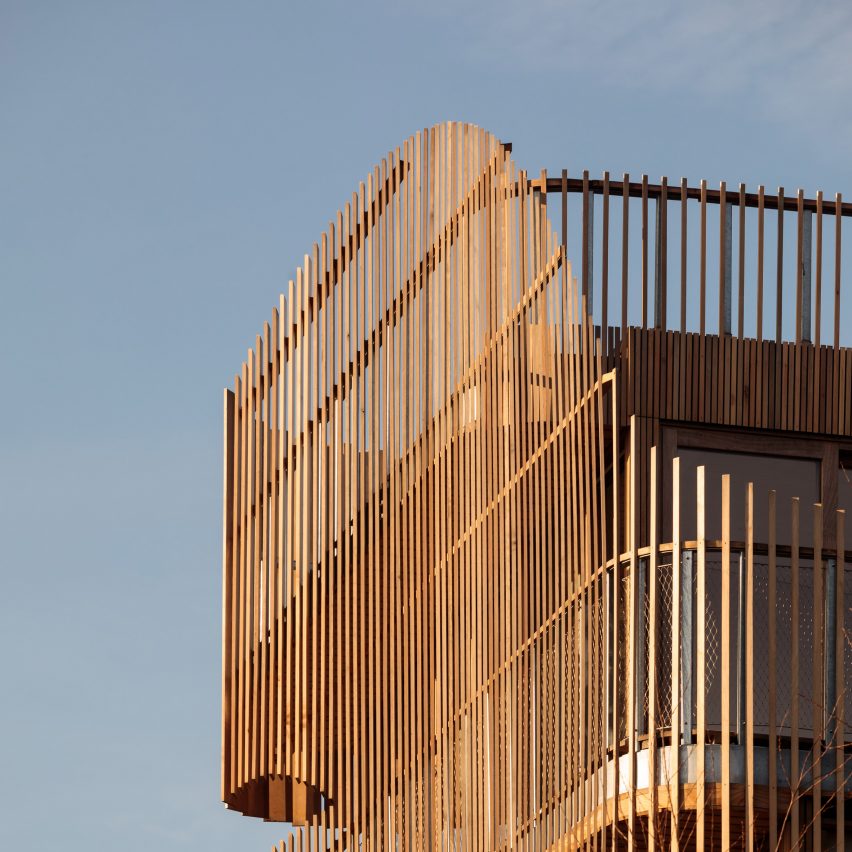 Freebooter by GG-Loop is roofed in slim cedar slats
Freebooter by GG-Loop is roofed in slim cedar slats
Slatted timber facades
Whether or not it was for homes on the seashore or within the mountains, facades of slatted wooden are massive this 12 months.
GG-Loop used slim cedar-slats to encompass a set of residences in Amsterdam, each rigorously angled to regulate the extent of sunshine coming into the glazed partitions behind. In Hokkaido, SAAD used native cedar wooden to cowl a housing complicated.
In Victoria, Australia, Kennedy Nolan used a sort of timber that may flip gray because it weathers to disguise a home within the dunes, whereas Austin Maynard Architects used chunky timber items to create a cylindrical constructing with a beach-shack vibe.
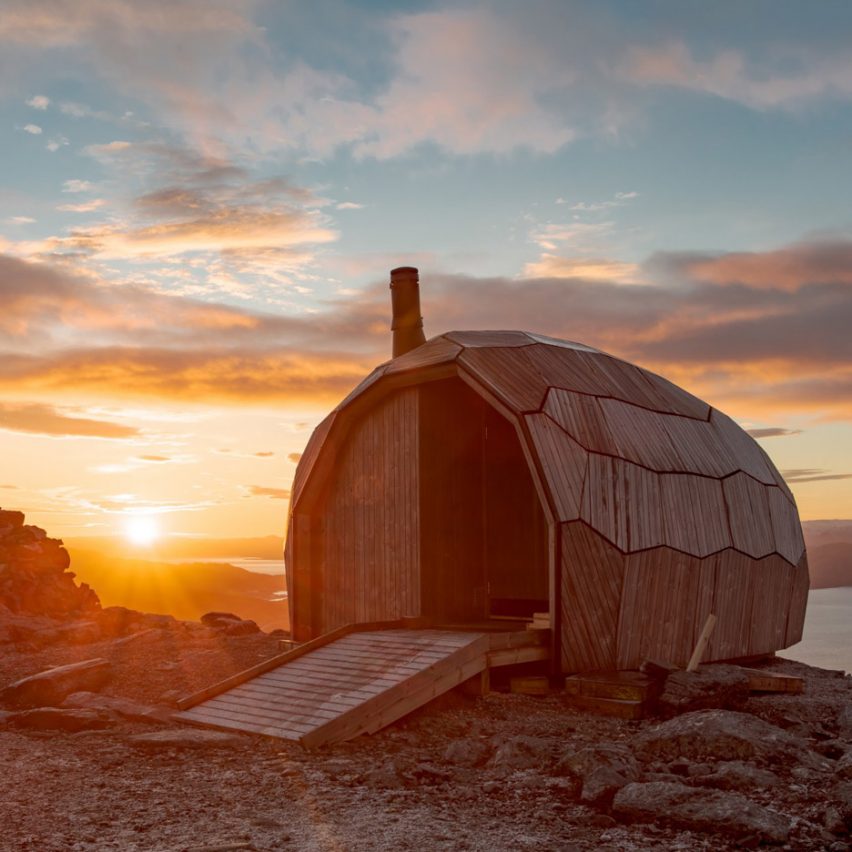 Hammerfest by Spinn Arkitekter is a mountain climbing shelter cabin
Hammerfest by Spinn Arkitekter is a mountain climbing shelter cabin
Cabins
Distant cabins in wild landscapes are one other pattern on the Dezeen Awards 2019 longlists.
Spinn Arkitekter constructed a prefabricated cabin with a honeycomb construction in Norway that gives shelter for hikers, and Snøhetta designed a pair of cabins, additionally in Norway, to enhance the expertise of recovering hospital sufferers.
Trailer is a low-cost, moveable micro-home created from scavenged supplies by Invisible Studio, presently residing within the woods in England, whereas Klienhaus is a cabin made from spruce and clay constructed right into a hillside in Germany.